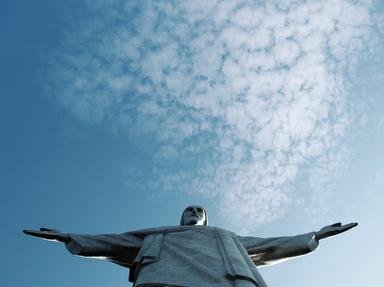Quiz Answer Key and Fun Facts
1. Montevideo was founded in 1726 by which Spaniard, who served as Governor of Buenos Aires?
2. Which of the following best describes the majority population of Montevideo, in the years after its founding?
3. Which of the following best describes the relationship between Buenos Aires and Montevideo in the late 18th, early 19th century?
4. Which country invaded and took control of Montevideo for a few months in 1807, after conquering the city in the Battle of Montevideo?
5. What caused the Spanish to move their South American capital to Montevideo from Buenos Aires in 1811?
6. The Great Siege of Montevideo which lasted from 1843-1851 during the Uruguayan Civil War is depicted famously in which novel by Alexandre Dumas?
7. In 1930, the inaugural FIFA World Cup, which was won by the home team Uruguay, was played primarily in which Montevideo stadium?
8. What is the name of the German cruiser that was scuttled off the coast of Montevideo in 1939 during World War II?
9. Which President of Uruguay rose to power in the election of 1971 but ruled by military junta until 1976?
10. The 1979 Act of Montevideo was the first step in a peace agreement between which two nations?
Source: Author
Joepetz
This quiz was reviewed by FunTrivia editor
gtho4 before going online.
Any errors found in FunTrivia content are routinely corrected through our feedback system.
